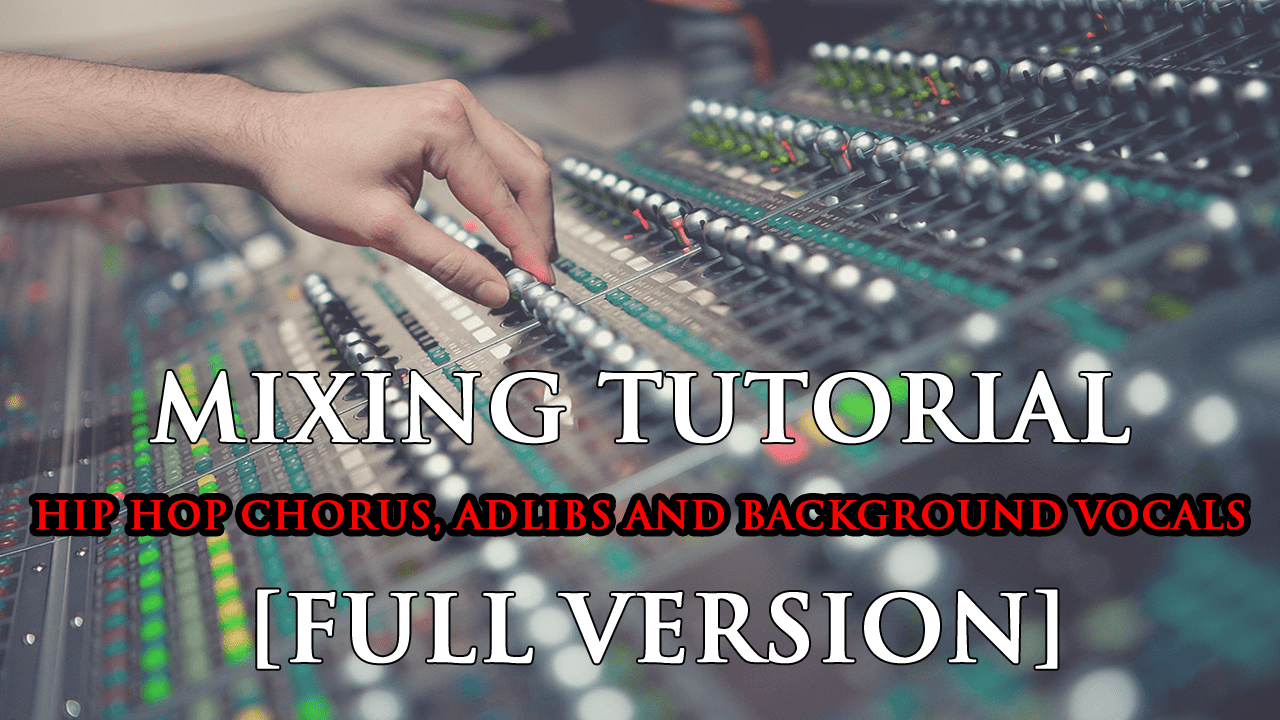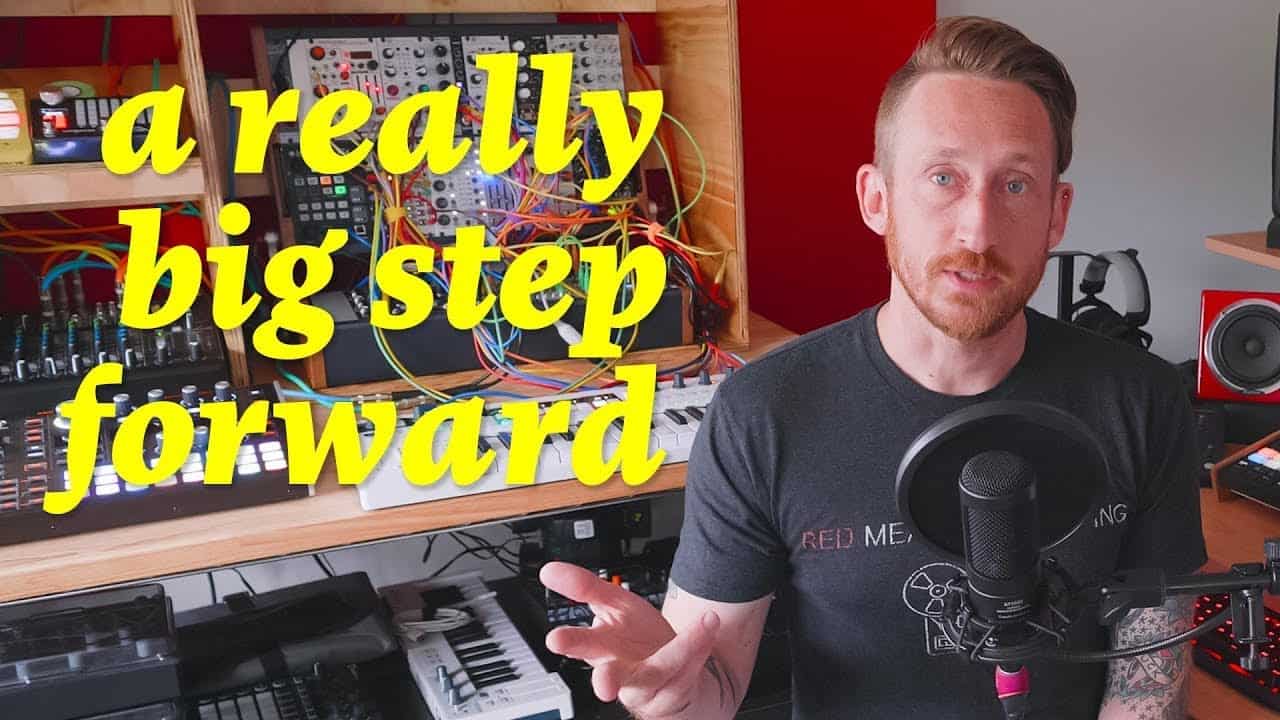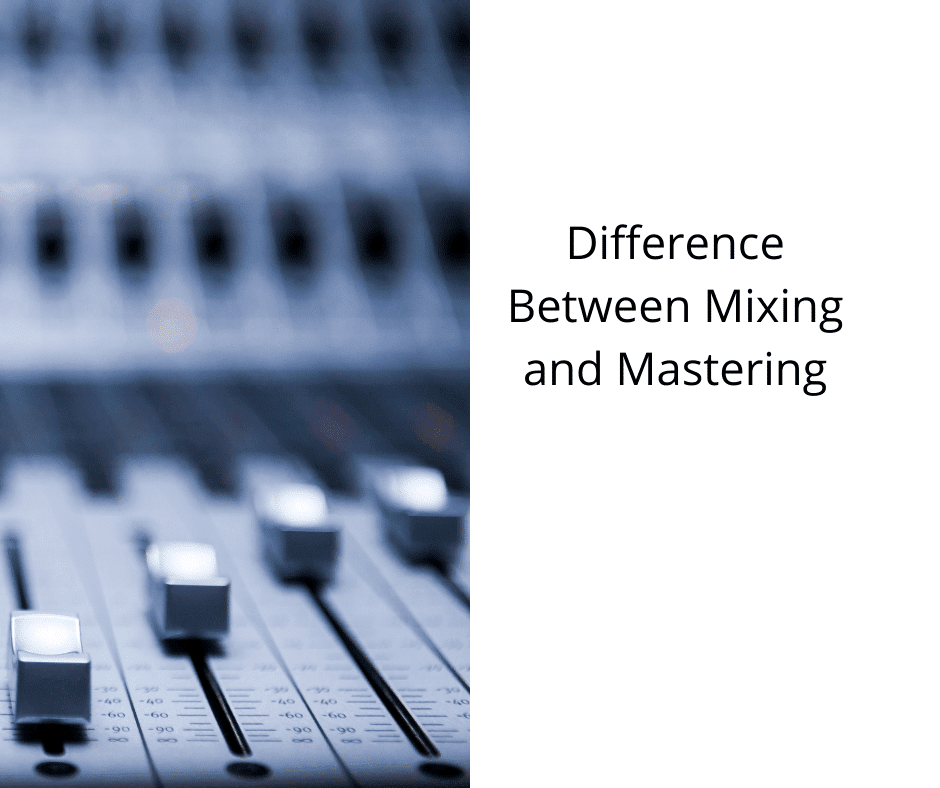When venturing into the realm of music production, understanding the workflow is essential. One way to conceptualize this workflow is through what’s called the hierarchy of production.
Contrary to intuition, this hierarchy follows an inverted pattern; at its zenith are mixing and mastering, cascading down to recording and engineering, performance, arrangement, and anchoring at the foundation is the song itself. This inverted pyramid approach warrants scrutiny.
Flipping the Traditional Approach
The conventional wisdom suggests that everything starts with a song. However, the hierarchy of production challenges this notion. Instead of treating the song as the genesis, it posits mixing and mastering at the apex of the pyramid. Initially, this can appear perplexing. After all, isn’t the crux of music the very song we create?
The Harmonious Web of Elements
Understanding the hierarchy is less about a rigid sequence and more about comprehending the interrelation between various elements. Even the most enthralling song can be marred without meticulous arrangement or a captivating performance.
Imagine the hierarchy not as a ladder but as an intricate web, where each strand reinforces the other. It’s not that one element is superior; rather, they harmonize to produce a symphony of excellence.
A Closer Look at the Hierarchy
- Mixing and Mastering: Occupying the top, these elements are vital for refining the sound, ensuring balance, and preparing the final track for distribution.
- Recording and Engineering: This step ensures that all instruments and vocals are captured with the highest quality, laying the groundwork for a good mix.
- Performance: The artist’s ability to convey emotion and connect with the audience through their performance is key.
- Arrangement: How different parts of the song – the intro, verses, choruses, bridge, and outro – are structured and organized.
- The Song: At the base of the pyramid is the song. The composition, lyrics, and melodies are fundamental to the creation process.
A Framework for Excellence
As you immerse yourself in the realm of music creation, this inverted pyramid serves as an invaluable compass. It guides you in assigning due attention to each element without getting entangled in particulars.
Final Note
Remember, the journey of bringing a song to fruition is strewn with countless components that must be deftly navigated. The hierarchy of production isn’t a magic formula but rather a structured approach to orchestrating these elements into a harmonious blend.
Keep this hierarchy at the back of your mind, and take steady steps. Your dedication and the pyramid as your guide will be the keys to unlocking music that resonates and endures.





![Mixing RAP Vocals Tutorial [Exclusive FULL VERSION with PRESONUS STUDIO ONE] 5 MIXING RAP VOCALS TUTORIAL EXCLUSIVE FULL VERSION with PRESONUS STUDIO ONE](https://strongmocha.com/wp-content/uploads/2019/08/MIXING-RAP-VOCALS-TUTORIAL-EXCLUSIVE-FULL-VERSION-with-PRESONUS-STUDIO-ONE.png)




